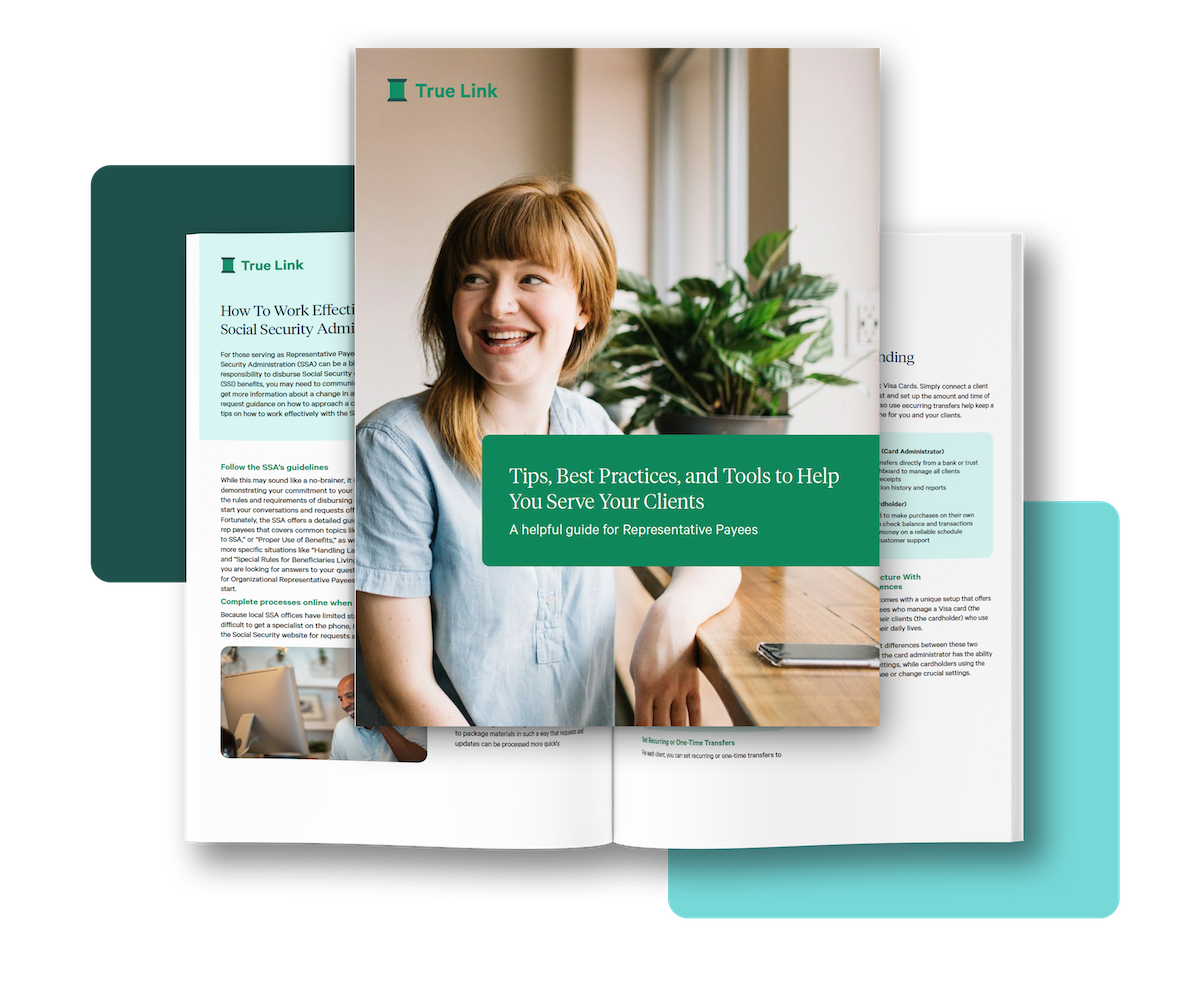How to Build Budgeting and Saving Habits While in Recovery
Addiction often disrupts more than physical health; it can upset routines, strain relationships, and create financial setbacks. Many people begin their recovery process with limited income, no savings, or significant debt —- but establishing simple budgeting and savings habits can be a powerful way to rebuild stability and regain a sense of control in life. Whether you're in recovery yourself or supporting someone who is, the steps below could help you — or your loved one — start building toward a stronger financial footing.
1. Start with a simple, realistic budget
Budgeting during recovery doesn’t have to be perfect – the goal is to create an achievable plan that covers your needs and supports your progress.
Try these steps:
- Write down your income including wages, Social Security or disability benefits, or family support.
- List essential expenses like rent, groceries, transportation, medications, and recovery-related costs.
- Estimate a realistic weekly spending amount and leave room for the unexpected. If someone helps manage your money, review the plan together.
2. Create a “recovery-friendly” savings habit
For some people, having extra money on hand can feel triggering or unsafe – especially if past experiences with savings were tied to impulsive or risky behavior. In these cases, it can help to create savings systems with strong guardrails and accountability.
How to start:
- Identify the safest place for your savings – such as an account you can only access at a bank branch or one managed or monitored by someone you trust.
- Start small by setting aside $5 or $10 when you can – small wins can help you rebuild trust in yourself.
- Save windfalls like tax refunds or birthday money as these one-off amounts can be a great way to boost your savings.
When day-to-day expenses are under control, even a small emergency fund can help prevent future setbacks and reduce the risk of returning to old habits during hard times.
3. Track your spending without shame
Many people avoid looking at their bank balance or statements because of guilt or fear. But building awareness is key to taking control and it gets easier with practice.
Consider these methods:
- Write down your daily expenses in a notebook.
- Review transactions weekly with a trusted support person.
- Think about what you want to spend money on, and as you review these transactions ask yourself “is this aligned with how I want to use my money?”
- Focus on learning, not judging, as the goal is to notice patterns, build awareness, and adjust as needed.
4. Set one or two meaningful financial goals
You don’t need a five-year plan, but it can help to identify one or two priorities that support your recovery and guide your savings progress.
Here are some examples:
- “Start setting aside $25 per month for a future apartment.”
- “Save enough to attend a family event this fall.”
- “Create a clothing budget and stick to it for the next three months.”
- “Avoid spending more than $20/week on takeout and use the extra to save.”
Write your goals down, track your progress, and celebrate your wins; you’ll build motivation with consistency.
5. Strategies and tools that reinforce good habits
Recovery is easier when you have support – and financial recovery is no different. If you have a fiduciary, family member, or counselor helping you, include them in your plan. Ask for accountability and advice to help you stay on track with your goals. Leveraging features of online banking or other financial apps can also help reduce stress for both the person in recovery and someone supporting them.
Here’s how technology can help:
- Set up recurring transfers from your checking account to automatically move funds for savings or to cover your rent on time – if you’re receiving a paycheck, you can schedule these transfers just after payday to reduce temptation to spend on non-essentials.
- Enable text or mobile alerts for balance updates, payment reminders, or large transactions. These simple notifications can help you stay aware of your spending without needing to log in.
- Use downloadable transaction reports to help you get ahead of any negative trends in your daily spending.
- If you have True Link, customizable spending settings allow you to block risky merchants like casinos and liquor stores or set spending limits to help you follow your personal spending rules.
- With True Link, a loved one can also set up alerts about blocked transactions, so they can reach out to see if you need support.
Recovery takes time – as so does rebuilding a sense of financial security. But with patience, structure, and the right support, budgeting and saving can get you back on track. If navigating debt or rebuilding your credit are also important to you, this article may have tips that can help.











